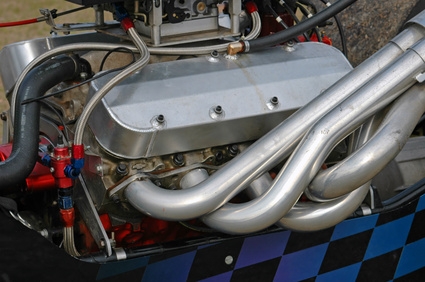
One of the most critical parts of an engine is the head gasket. Because it is directly involved in the connection between the engine block and cylinder heads, its function is critical to the proper operation of the engine. Although the most common assumption is that cylinder head gaskets simply act as seals between the engine and cylinder head, they actually perform several functions besides sealing the combustion chambers.
Head gaskets seal the cylinder heads to the engine block. When combustion takes place in the cylinder, the head gasket prevents the pressures created from escaping the cylinder through the space between the cylinder head and block.
Head gaskets seal the passages between the engine block and cylinder heads that allow coolant and oil to flow between the engine and cylinder heads. They also serve to direct and sometimes control the flow of these fluids depending upon the application.
Modern vehicle often use iron for construction of the engine block, and aluminum for construction of the cylinder head. The two metals expand and contract at different rates, which cause uneven stress between the two when they are joined together. This is known as "Bimetal Stress." Head gaskets must compensate for this uneven movement by allowing the two metals to move without allowing the friction of the movement to damage the gasket, which can cause leaks.
Head gaskets allow heat to move between the engine block and cylinder heads by allowing heat to move freely through the gasket material. Allowing the heat to move freely between these parts helps to evenly distribute heat among all parts of the engine, and reduces the concentration of heat in one area of the engine.
Some head gaskets also act as shims or spacers between the engine block and cylinder head. These gaskets affect the compression ratio by changing the total volume size of the cylinder. Thicker gaskets increase the distance of the head from the block, increasing the volume of the cylinder and decreasing the compression ratio, and thinner gaskets decrease the volume and increase the compression ratio.